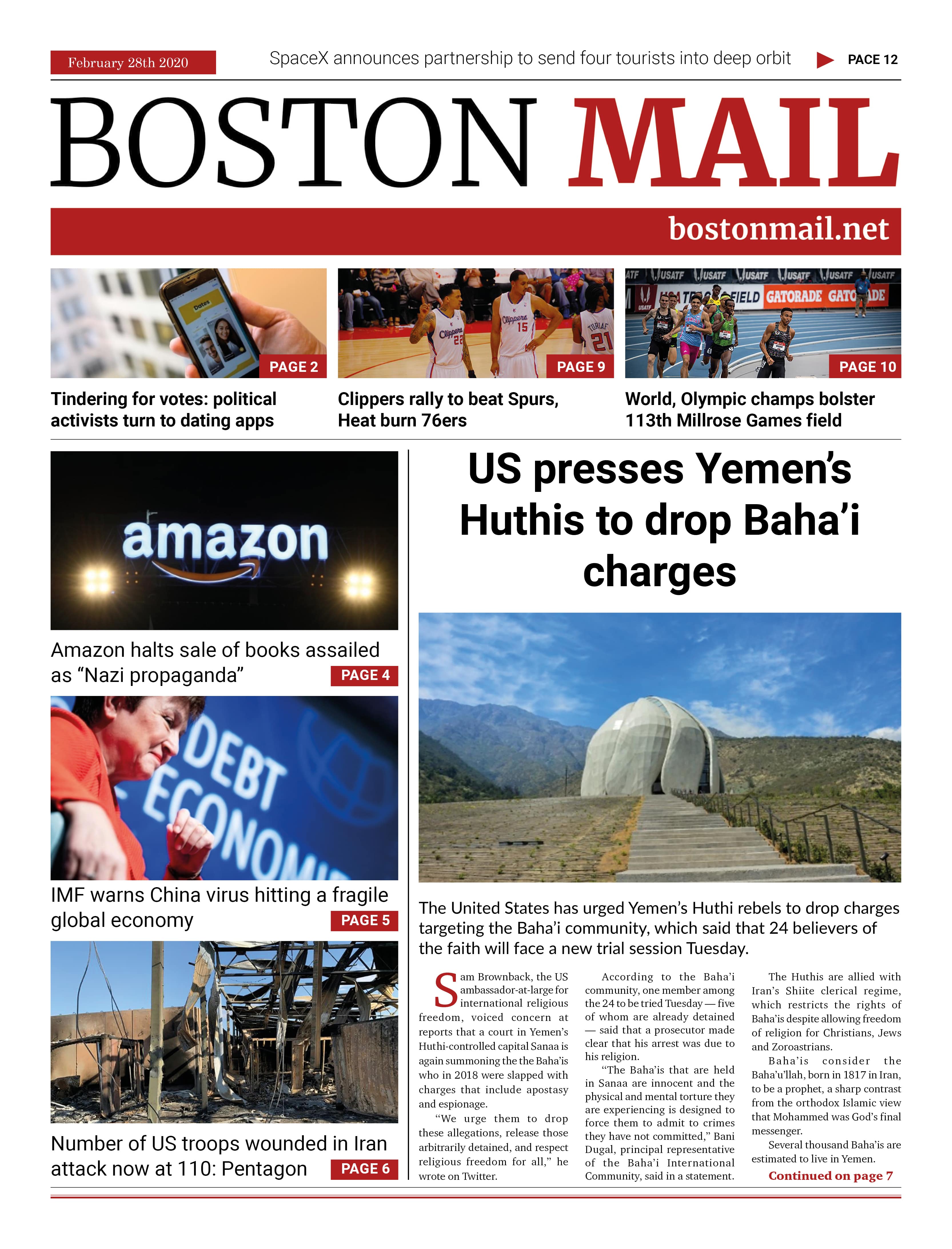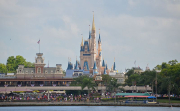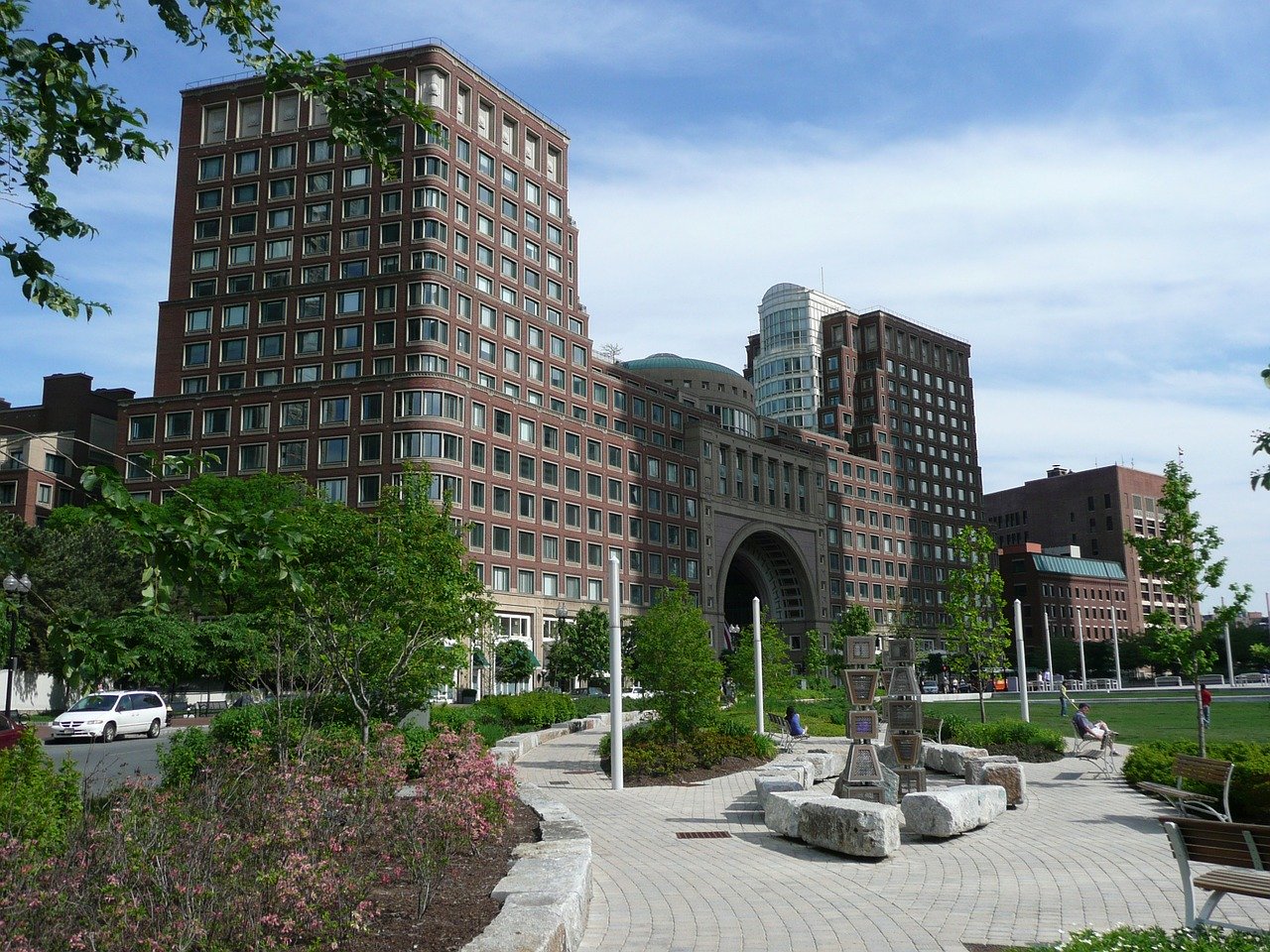
Consumer prices in the United States increased by 3.8% in May compared to the previous year, according to the Commerce Department. While this growth rate is slower than the 4.3% pace
observed in April and the 40-year high of 7% in June 2022, it still reflects elevated inflationary pressures. On a monthly basis, prices saw a slight uptick of 0.1% after a 0.4% increase in the previous month.
The decline in inflation can be attributed to falling energy prices, which dropped by 3.9%, including a decrease in gasoline prices. However, food costs only edged up by 0.1%. The moderation in household spending growth also contributed to easing inflationary pressures, as it reduced the excess demand that can fuel price increases.
Economist Andrew Hunter of Capital Economics suggests that despite the latest data, the Federal Reserve is likely to continue raising interest rates during its late-July meeting. However, given the deceleration in consumption growth and core inflation, he believes this rate hike will probably be the last in the current cycle.
The core inflation measure, which excludes volatile food and energy prices, increased by 0.3%, slightly lower than the previous month. This resulted in a modest decline in the annual increase of core prices from 4.7% to 4.6%.
Although overall inflation has been moderating, the Federal Reserve pays closer attention to core prices due to their reflection of long-term trends. Persistently high core inflation, driven by sharp increases in rent, used cars, hotels, healthcare, and insurance, has prompted the central bank to pause its aggressive interest rate hikes. However, Fed officials have indicated their intention to resume raising rates in July if core prices continue to rise.
While consumer spending on goods and services increased by only 0.1% in May following a 0.6% rise in April, it is seen as a positive sign that consumption is cooling down. This could potentially limit businesses' ability to raise prices, leading to lower inflation in the coming months.
Although high inflation and interest rates have not significantly dampened consumer spending thus far, economists still anticipate a mild recession later this year. However, there is growing speculation that the United States may be able to avoid an economic downturn.
The Personal Consumption Expenditures (PCE) index, which the Federal Reserve relies on for interest rate decisions, showed a decline in the consumer price index to 4% in May from 4.9% in the previous month. However, core CPI experienced a higher-than-expected increase.
Overall, while inflation has eased in some areas, core prices continue to remain stubbornly high. The Federal Reserve's approach to addressing inflation will depend on the trajectory of core prices in the coming months. Photo by Effeietsanders, Wikimedia commons.






































